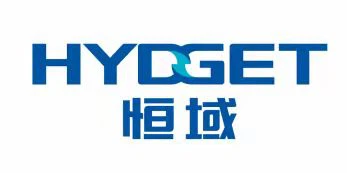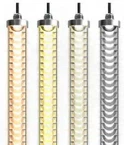The maintenance and management of transmission and distribution lines are crucial for ensuring the safe and reliable operation of the power system. Since these lines are often exposed to external environments, they are susceptible to natural and human factors, necessitating comprehensive maintenance and management. Here is a detailed explanation of some key points:
1. Regular Inspection
Regular inspection is the foundational work of maintaining transmission and distribution lines. The frequency and scope of inspections should be determined based on the importance of the line, environmental conditions, and historical fault records. The main aspects of inspection include:
Conductor Condition: Check for wear, corrosion, and broken strands in the conductors to ensure their mechanical strength and conductivity.
Insulators: Inspect the integrity and cleanliness of insulators to prevent insulation failure that could lead to short circuits.
Tower Foundations: Examine the stability of towers and the integrity of their foundations to prevent tilting or collapse due to subsidence or corrosion.
2. Fault Detection
Modern technology provides various methods for fault detection in transmission and distribution lines:
Infrared Imaging: Use infrared thermal imaging technology to detect temperature anomalies in conductors and connections, identifying overheating or poor contact areas.
Ultrasonic Detection: Employ ultrasonic technology to detect internal defects in insulators and conductors, preventing potential failures.
Online Monitoring Systems: Deploy online monitoring equipment to continuously monitor parameters such as current, voltage, and temperature, promptly identifying anomalies.
3. Vegetation Management
Transmission and distribution lines often traverse various terrains, and surrounding vegetation can pose a threat to line safety. Key measures for vegetation management include:
Regular Pruning: Regularly trim trees beneath and around the lines to ensure branches do not contact the conductors.
Fire Prevention Measures: During dry seasons, clear dead branches and leaves around the lines to reduce fire risk.
Vegetation Monitoring: Use drones or satellite imagery to monitor vegetation growth and take timely action.
4. Lightning Protection Measures
Lightning strikes are a major natural threat to transmission and distribution lines. Effective lightning protection measures include:
Lightning Arresters: Install lightning arresters at substations and important line nodes to protect equipment from lightning current damage.
Grounding Devices: Ensure the grounding devices of towers and equipment are intact, providing an effective discharge path for lightning current.
Line Design: Consider the lightning protection performance during the design phase, such as selecting appropriate conductor height and spacing.
5. Equipment Renewal and Technological Upgrades
With technological advancements, the equipment and technology of transmission and distribution lines need continuous renewal and upgrading:
Replacing Old Equipment: Regularly assess the service life of equipment and promptly replace outdated or underperforming equipment.
Adopting New Technologies: Introduce new materials and technologies, such as high-temperature conductors and smart monitoring systems, to enhance line reliability and efficiency.
Through these measures, the maintenance and management of transmission and distribution lines can effectively reduce fault rates, extend equipment lifespan, and ensure the stable operation of the power system. Maintenance and management work requires the involvement of professionals and the integration of modern technological means to achieve optimal results.







